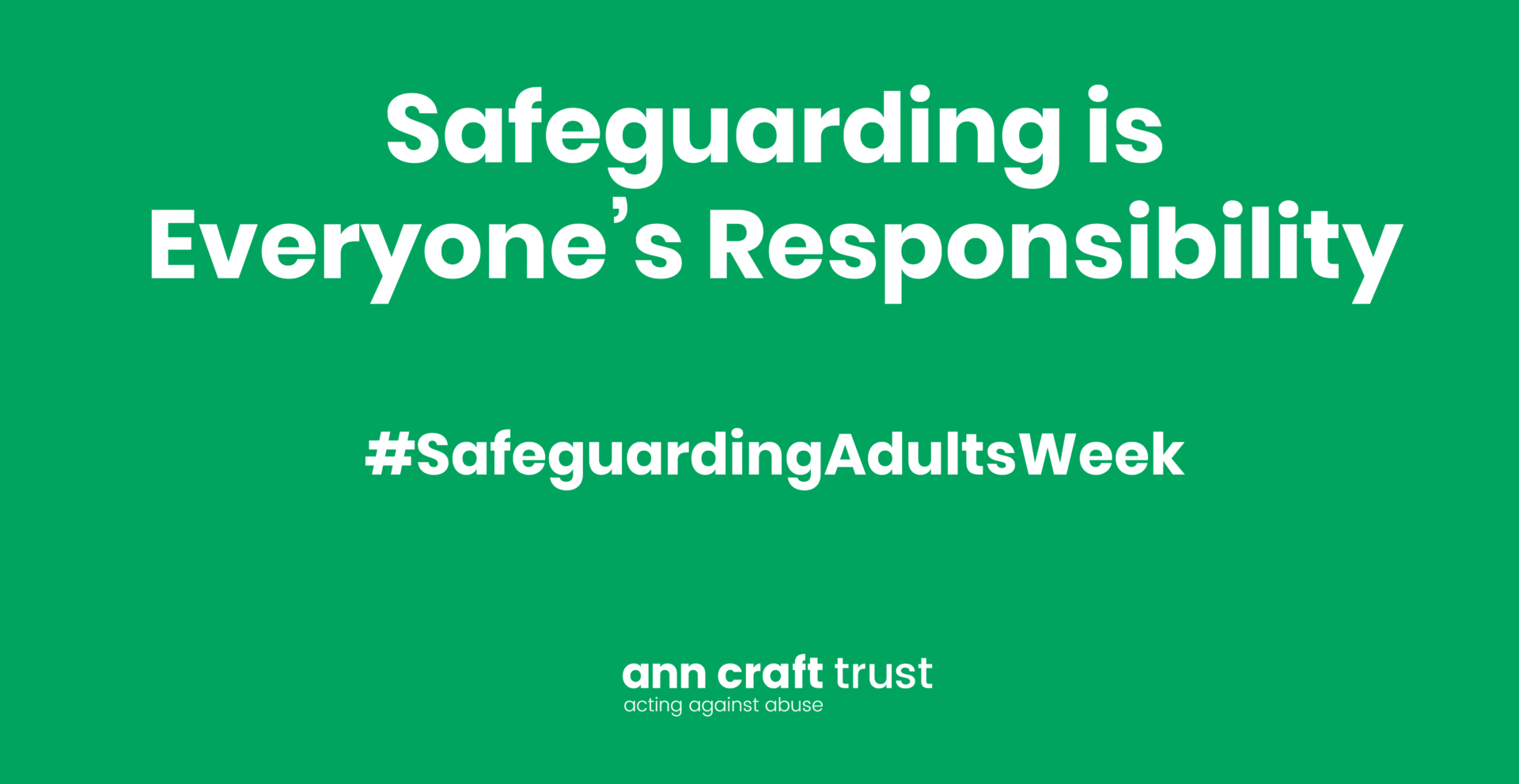Gangs may coerce those at risk to transport illegal drugs from one county to another. Affected areas are likely to see increased levels of violence and weapons as a result.
The Ann Craft has compiled research which suggests that lockdowns in response to Covid-19 increased the number of people at risk of this form of exploitation, due to economic concerns and social isolation.
What to look out for
Signs that someone may be at risk include:
• An increase in visitors to their home
• A new network of friends and acquaintances suddenly appearing
• Substance misuse or drug paraphernalia
• Unexplained, sometimes unaffordable new items of clothing, jewellery, cars etc.
• Unexplained injuries
Find more information on the National Crime Agency (NCA) website.



